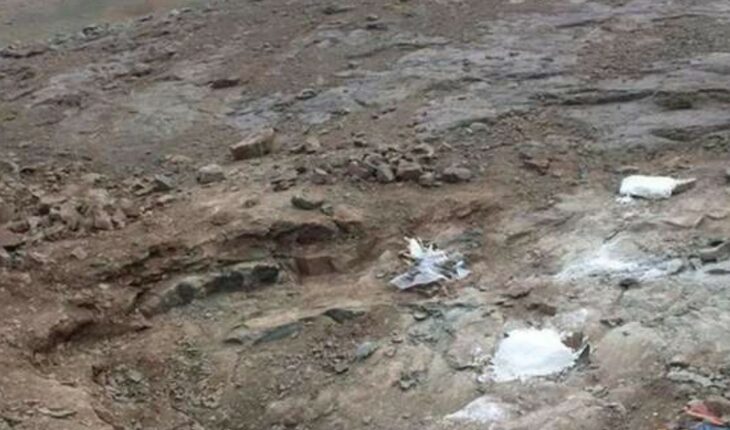A team of scientists from the National Council for Scientific and Technical Research (CONICET) belonging to the Argentine Museum of Natural Sciences “Bernardino Rivadavia” (MACN), discovered in El Calafate, province of Santa Cruz, the largest megaraptorid known so far. It is a carnivorous specimen, in whose discovery also participated two paleontologists from Japan, from the Cretaceous Period that would have lived in Patagonia in the time before the extinction of the dinosaurs. In turn, the species was baptized with the name Maip macrothorax for its characteristics among which its size stands out, since it was between nine and ten meters long and weighed approximately five tons.
Paleontologists discover #Maip | A team of scientists from CONICET of the Argentine Museum of Natural Sciences “Bernardino Rivadavia” discovered, in the province of Santa Cruz, the bones of the largest megaraptorid known so far. pic.twitter.com/N6ESFk5jpA — CONICET Dialoga (@CONICETDialoga)
April 27, 2022
CONICET paleontologist Fernando Novas, head of the Comparative Anatomy Laboratory of macn and leader of the team that collected the bones of this carnivore, said: “With Maip we beat the pandemic.” As he explained, the remains were found in the vicinity of El Calafate, days before the pandemic began, in mid-March 2020.After the mandatory social and preventive isolation was decreed, the 30 paleontologists and technicians, who made up the team that found the dinosaur, had to interrupt the explorations and excavations in the area and were isolated in El Calafate, 2700 kilometers from Buenos Aires.After their return, the samples they had collected in the field were divided and each one continued from their home with the process of preparing the fossils and their subsequent study. It is worth mentioning that this is not the first time that paleontologists have encountered individuals from the megaraptore family. The first of the findings of this group of dinosaurs was Megaraptor namunhuaiiquii, discovered in 1996 by Novas in the province of Neuquén, which was followed by the discoveries of new megaraptors in Australia, Japan and Thailand.





